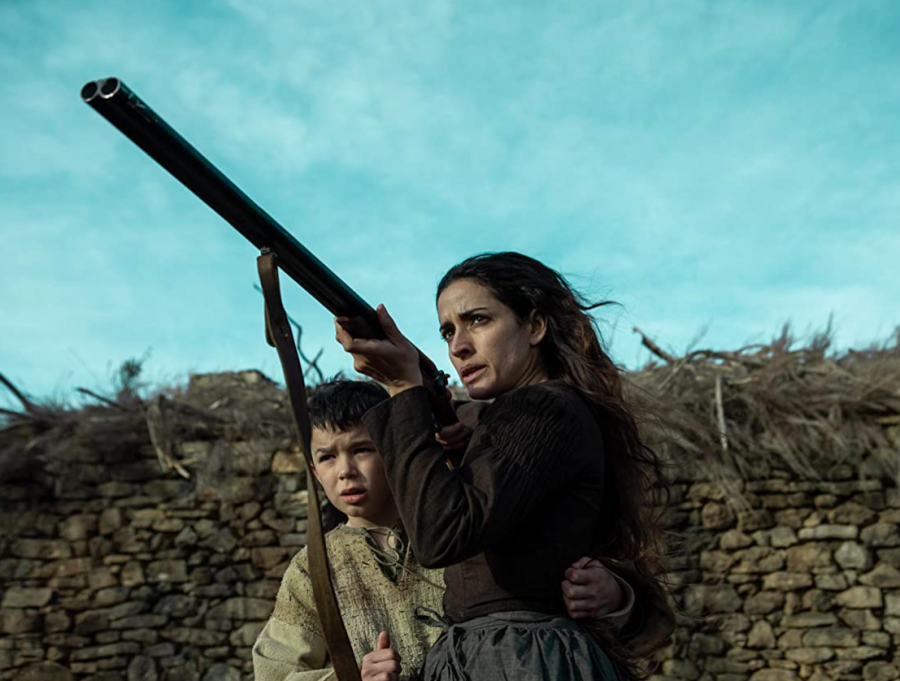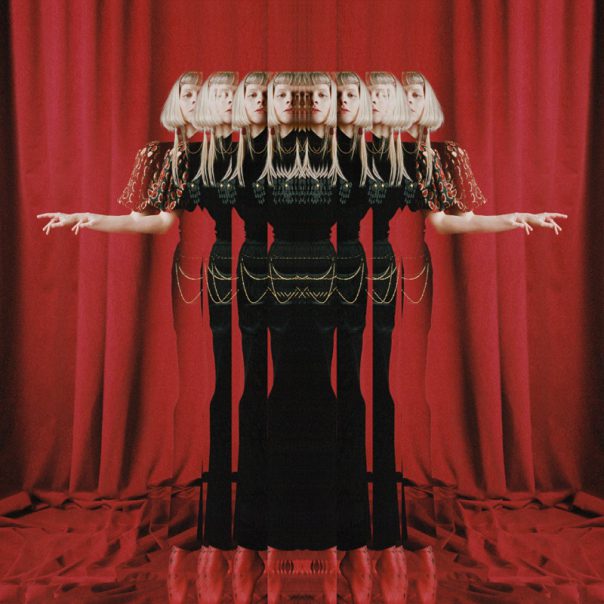To think that our founding fathers would have been able to envision the world we live in today and come up with satisfactory laws and regulations is impractical. I do not mean to speak negatively toward our way of government and our Constitution, only to question whether or not we should change with the times.
Consider what transpired following a riot at Springfest, an annually held party outside of James Madison University in Harrisonburg, Va. on April 10. Rockingham County Commonwealth’s Attorney Marsha Garst, armed with a warrant and accompanied by many from the police department confiscated over 900 photos, 600 of which were of the riot, from The Breeze, JMU’s student newspaper. The question of whether or not they acted justly is troublesome.
The Society of Professional Journalists and the Student Press Law Center called the act a direct violation of the Privacy Protection Act, which states:
“It shall be unlawful for a government officer or employee, in connection with the investigation or prosecution of a criminal offense, to search for or seize any work product materials possessed by a person reasonably believed to have a purpose to disseminate to the public a newspaper, book, broadcast, or other similar form of public communication.”
The law adds that such seizure is lawful if “there is reason to believe that the immediate seizure of such materials is necessary to prevent the death of, or serious bodily injury to, a human being.”
Clearly, that is not the case in this matter, and I believe that the SPJ and the SPLC have a point, although many other details to this case disturb me.
How was attorney Garst able to obtain a warrant for these photos? I always thought that a warrant is produced for the purpose of searching for criminals or criminal activity, or to get hold of materials that would help solve a serious crime, which definitely is not the case here.
All of this also must be approved and signed off by a judge. The fact that a Judge awarded Garst a warrant to seize photos from a riot that did not result in any deaths or serious injuries is weird to say the least.
The police also confiscated more photos than just those from the riot. The Roanoke Times reported that 900 photos were confiscated, although only 600 or so were representing the riot. I wonder why these extra 300 photos were taken, and whether or not this was included in the warrant. It just seems wrong.
I believe this case is a great example of the disconnect between our current system and our reality, specifically when it comes to freedom of information. Many videos of this riot were posted on YouTube, and the fact that these users were not forced to remove their videos from the Internet by police is a great thing, although inconsistent with what occurred at The Breeze. Whether or not the act of confiscating all those pictures was legal or even right is one thing, and I believe that reasonable people can disagree. A completely different issue is whether or not this is consistent with how we treat everybody who gives information. Something to think about, and something we can’t blame the writers of our constitution for not envisioning.








